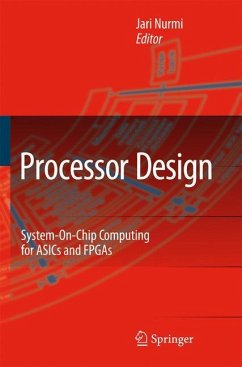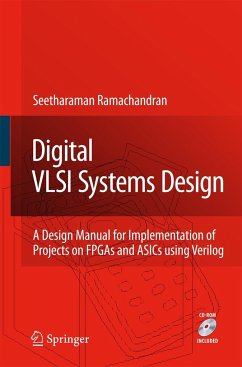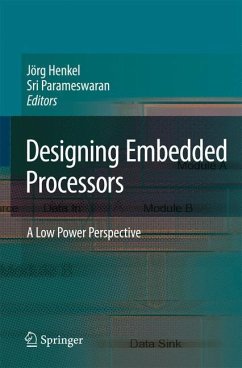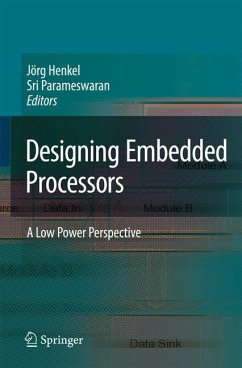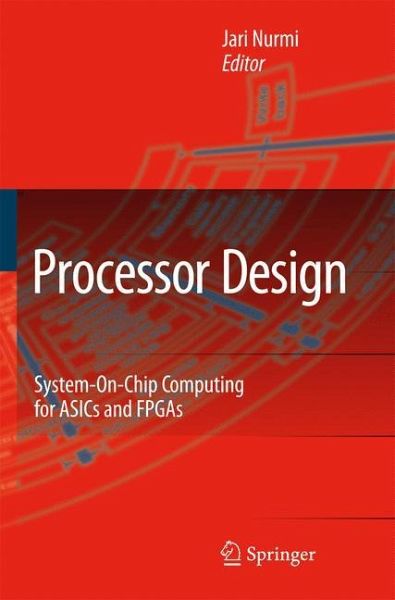
Processor Design
System-On-Chip Computing for ASICs and FPGAs
Herausgegeben: Nurmi, Jari
Versandkostenfrei!
Versandfertig in 6-10 Tagen
113,99 €
inkl. MwSt.

PAYBACK Punkte
57 °P sammeln!
Processor Design provides insight into a number of different flavors of processor architectures and their design, software tool generation, implementation, and verification. After a brief introduction to processor architectures and how processor designers have sometimes failed to deliver what was expected, the authors introduce a generic flow for embedded on-chip processor design and start to explore the vast design space of on-chip processing. The types of processor cores covered include general purpose RISC cores, traditional DSP, a VLIW approach to signal processing, processor cores that ca...
Processor Design provides insight into a number of different flavors of processor architectures and their design, software tool generation, implementation, and verification. After a brief introduction to processor architectures and how processor designers have sometimes failed to deliver what was expected, the authors introduce a generic flow for embedded on-chip processor design and start to explore the vast design space of on-chip processing. The types of processor cores covered include general purpose RISC cores, traditional DSP, a VLIW approach to signal processing, processor cores that can be customized for specific applications, reconfigurable processors, protocol processors, Java engines, and stream processors. Co-processor and multi-core design approaches that deliver application-specific performance over and above that which is available from single-core designs are also described.





